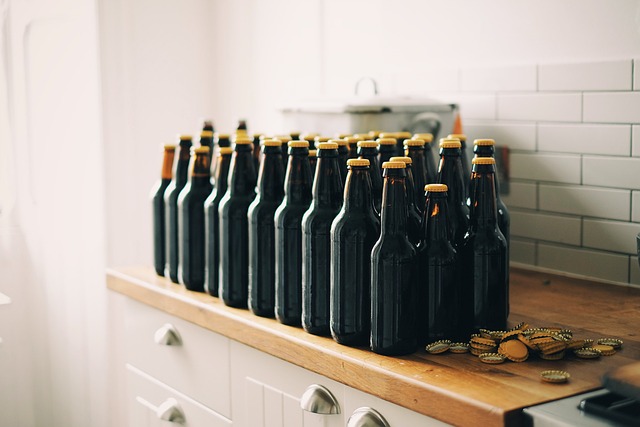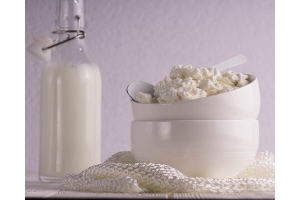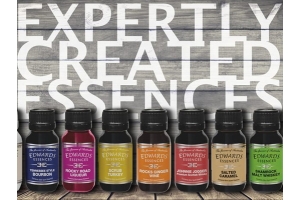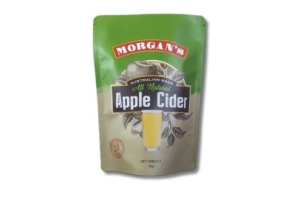
If it weren’t for the prohibition on home brewing during the early 20thcentury, then home brewing would also have been one of the basic home skills like baking, pickling or hunting passed from one generation to another.
There are a lot of reasons why home brewing became popular especially in Australia and people choose to brew their drinks.
Some people join wine brewing culture at home using wine making kits to avoid expensive beverages, while a lot more people home brew to try recipes of their own so that they can enjoy their preferred drink with low calories and less alcohol level. Real home brewing enthusiasts take it to a whole another level.
They make their recipes and enter home brew clubs and global level home brew competitions.
Before getting on how to home brew wine, you should clear your mind with all the myths people around you tell you.
Making wine at home is not unsafe and that it doesn’t taste awful. On the contrary, it tastes as good as or even better than the wine at your local bar.
The alcohol made at home cannot poison you if you know that you are making ethyl alcohol and not methyl alcohol.
Come on, people have been making wines at home for so long that it has become a part of our folklore.
If you’re a first-time home brewer, a wine kit is a great way to start learning this art.
Tips on buying the kit
There are mainly four different types of wine kits; fully concentrated grape juice, pure juice, partially concentrated grape juice and kits combining juice and concentrate.
The strategy to make wine with any of the kits is similar except a pure-juice kit that has no added water. The price of the kits is directly proportional to the purity.
Pure juice is the most expensive amongst them. Many times, the juice doesn’t come with all the additives in the kit like grape tannin,nutrients, wine acids and yeast.
In that case, check the recipe on the kit against the ingredients in the kit and pick them for yourself.
Basic Equipment for your first wine
- Primary fermenter
- Large and Small measuring cups
- Long plastic (food graded) spoon
- Hydrometer and Thermometer.
- Siphon hose (5 feet)
- Two glass carboys (5 gallons)
- Airlock and rubber bung
- Large food-grade plastic funnel
- Wine thief
You can read more about the equipment and their uses here.
Getting started
Remember,everything that comes in contact with the wine should be well sterilized. Hence, the sanitizer.
The second crucial point is maintaining the temperature between 21-26°C.If you cannot maintain a high temperature constantly, then go for a lower temperature. But remember, keep the temperature constant.
- Sterilize all the equipment.
- Add the concentrate and water (if necessary) to the sterilized fermenter.
- Add the yeast sachet and allow them to ferment. Keep checking the temperature. The yeast converts grape juice and sugar into alcohol,and carbon dioxide gas is released in the form of bubbles.
- After the fermentation, add the finings to clear the wine.
- The wine can then be transferred into bottles. The bottles need to be corked. Leave your wine to mature for as long as you can before enjoying it. You can know the details of bottling, cleaning, and storage here.
How long before you can drink your wine
It usually takes around 2 weeks for fermentation and an additional week to clear. You can then drink your wine immediately, but a lot of home brew experts suggest to leave it for any time between four weeks to twelve months for great taste.
While making, it takes 2 hours to make your first batch of 30 bottles.However, once you've mastered this art, you can do it in less than anhour.
Cost
One can make their first batch of home brew wine for approximately under $100.00.Voila! Even if you choose quality wine kits, it won’t cost you anymore than what you pay for any wine bottle in shops.
Enjoying homebrewing
Teach people around you the art of home brewing or learn from them. Trade bottles, share recipes or try together. This will delight you for sure! The most important part take care of the legal provisions of homebrewing in your country.
Take notes while drinking your first batch, try new ingredients,quantities, and methods. Let the horses run wild. Who knows, years from now, you’ll be holding a bottle of home brewed wine that tastes terrific than anything you’ve ever tasted.





